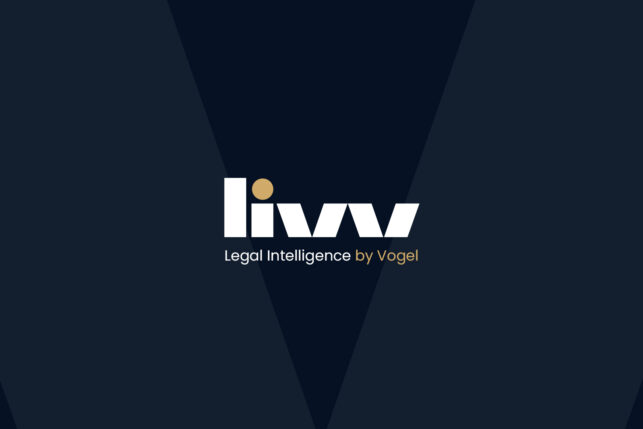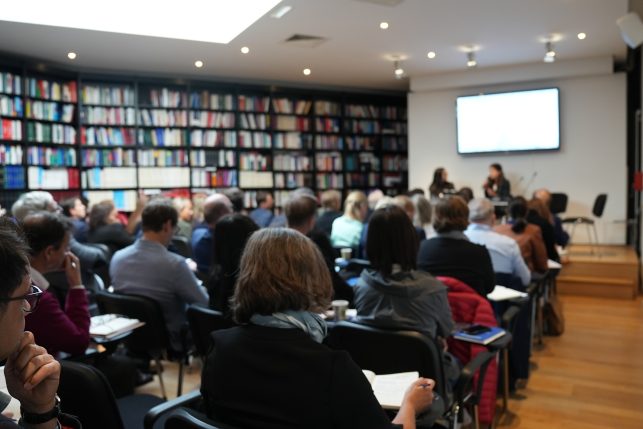On 2 June 2020, the European Commission published an initial impact assessment and a public consultation, open until 8 September 2020, on the new competition instrument or “New Competition Tool (NCT)” that it plans to create to remedy structural competition problems that cannot be addressed through the application of Articles 101 and 102 TFEU or merger control.
- Why is an NCT needed and how will it work?
Four options were considered: the competition tool would target either only undertakings in a dominant position, or all undertakings, applying either to all sectors, or only to the digital sector, which was considered problematic given the rise of the GAFAMs. Modelled on the UK’s competition tool introduced in 2002, the NCT would enable the Commission – depending on the competitive harm identified following a market investigation – to take behavioral or structural measures or even to issue regulatory recommendations, insofar as in some markets due to the enormous amount of data to be compiled and the lengthening of procedural time, there is the issue of speed of action, which means that the – sometimes serious – damage to the market is already done before it is able to intervene and take remedial measures. The Commission insists on the fact that no infringement would be found and no fine would be imposed on market operators.
According to the European Commission, this tool may prove necessary in two situations:
– in the event of structural risks for competition in so-called “tipping” markets, characterized by very powerful network effects, the absence of multi-homing or consumer captivity in which a powerful operator would find itself in the position of “gate keeper” or would be in a leading position;
– in the event of structural failure in markets that are highly concentrated or characterized by high barriers to entry, such as, for example, oligopolistic markets in which transparency is increased due to algorithm-based technological solutions.
While some undertakings, especially start-ups, seem to be in favor of creating a competitive tool, the project also raises concerns among those who legitimately seek legal predictability and certainty.
- Interest in and concerns about the NCT
Denouncing the ultra-dominance of GAFAM, some undertakings in the digital sector paradoxically favor greater regulation in order to make their relations with the platforms fairer. They also favor the imposition of behavioral measures, which are more flexible than structural remedies.
Those undertakings are innovative businesses looking to develop their activity but which, in order to do so, need the GAFAMs for the promotion and/or distribution of their services, with which they find themselves in head-on competition for the conquest of certain markets. Any competition is then greatly reduced, or even stifled, given the unattainable competitive advantage conferred on the web giants by their position, the huge amount of data they possess and the power of the network effects that characterize those markets.
These digital players are also concerned about another phenomenon: the implementation by platforms of a policy of intensive “predatory acquisitions” which are not subject to merger control because it targets innovative entrants that are small in size or have not yet monetized their innovation, or a policy to simply to kill the target whose growing community of users is likely to quickly make it a major competitor – “killer acquisitions” – or to integrate those start-ups into their own ecosystems in order to increase their community of potential users and strengthen their position in the dominated market or neighboring markets (described by the French Competition Authority as “encompassing or consolidating acquisitions”).
In the first hypothesis, a source of innovation that could have boosted the competitive functioning of the market and benefited consumers is eliminated; in the second, this source of innovation is seized by the dominant operator, which reaps the benefits by depriving consumers of an alternative offer. This is a market dysfunction, which cannot be addressed by the law on concentrations, either a priori, since the thresholds are not exceeded, or a posteriori, since the law does not currently provide for ex-post control.
However, if greater efficiency in competition law is always desirable, should it inevitably involve more regulation, and therefore more public intervention? Above all, does this new tool even fall within the scope of competition law?
Was it not enough to extend the scope of application of other rules (e.g. abuse of economic dependence) or to institute real structural regulation limited to the GAFAM?
In countries governed by the rule of law, operators have to know in advance the conditions of prohibition in order to adapt their behavior accordingly. In order to respect the normative character of the rule, undertakings must adopt a positive act to trigger the application of the sanction. It is also necessary that, by adopting a legitimate conduct, they be able to avoid punishment. However, this is not the case if the sanction is triggered merely because an undertaking is located on certain markets.
Will undertakings find themselves in a situation of legal uncertainty, hampered in their entrepreneurial and innovative freedom because of the lack of predictability? Is this not ultimately an issue of sanctioning undertakings simply because they are successful?
It is no coincidence that structural injunctions were judged by the Conseil constitutionnel to be excessively prejudicial to entrepreneurial freedom and the right to property when its introduction in France by the Macron Law was under consideration, and that so many legal systems – notably US law – have refused to adopt it.

 MY ACCOUNT
MY ACCOUNT














